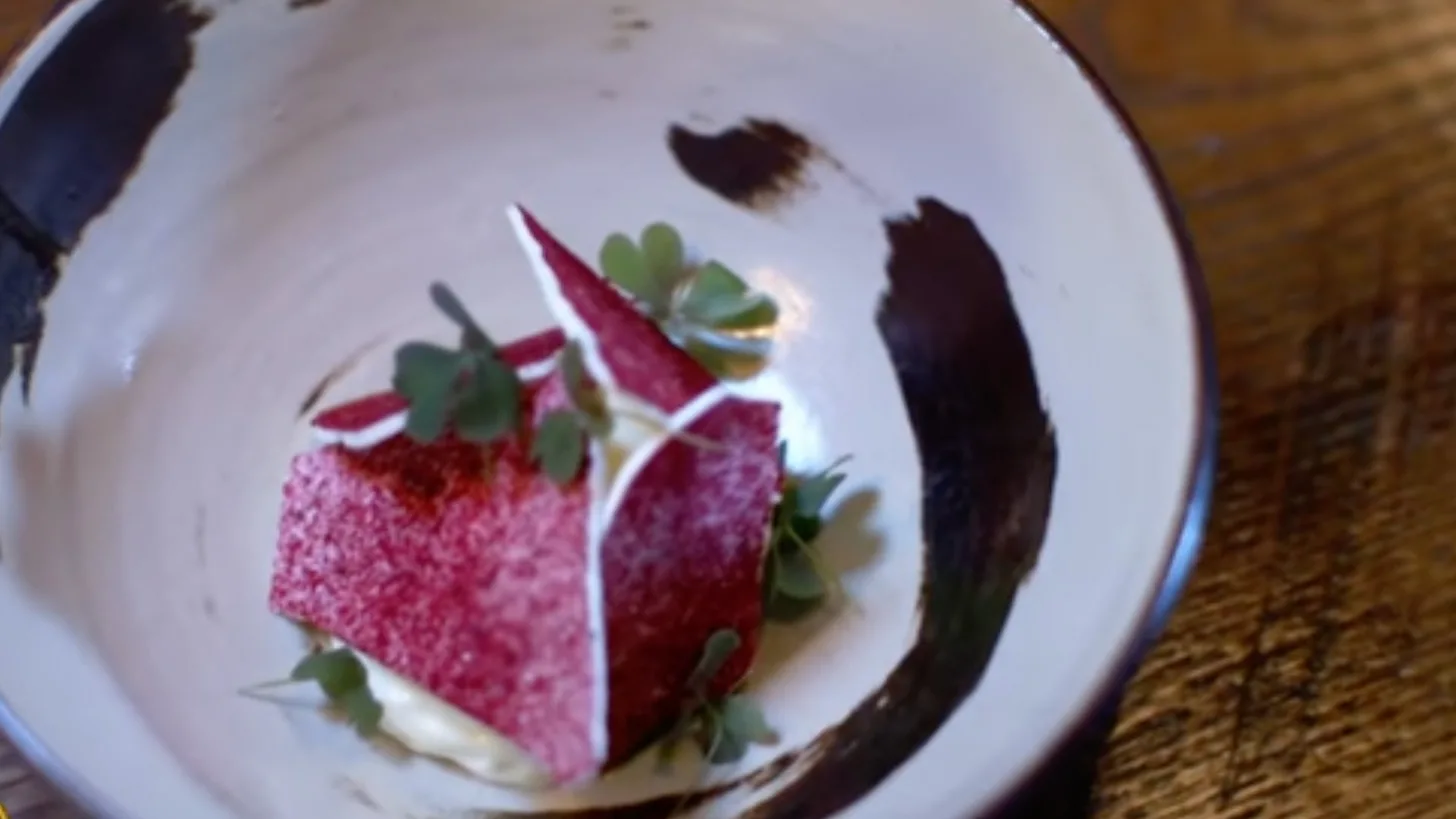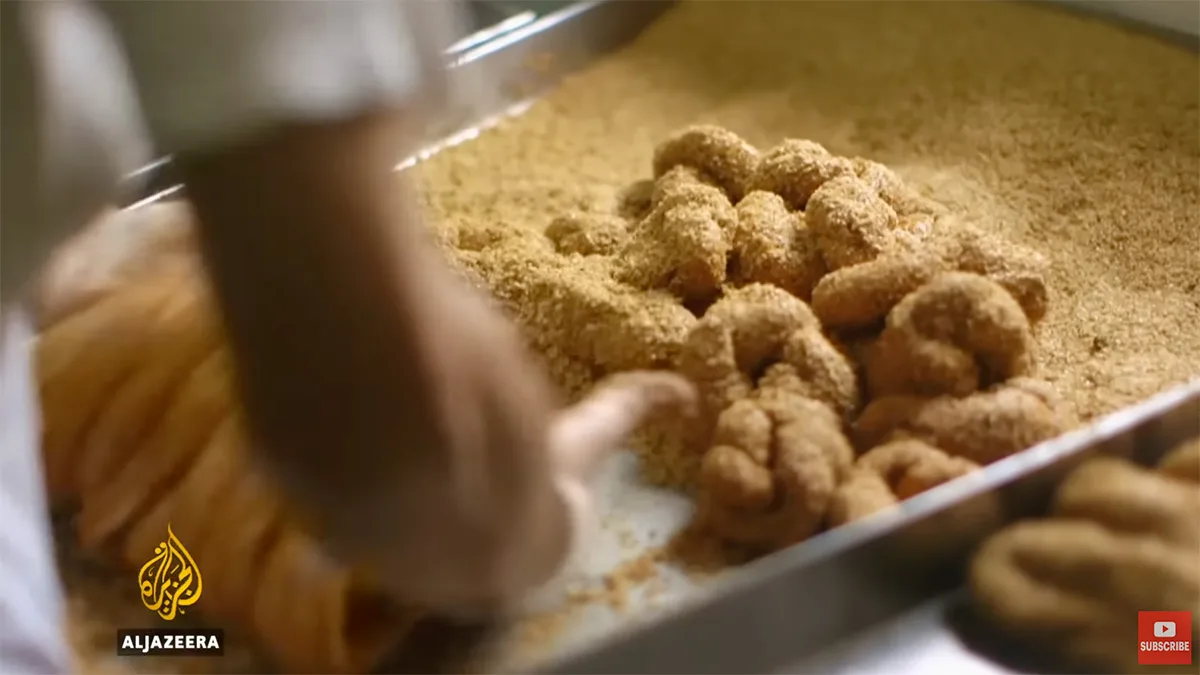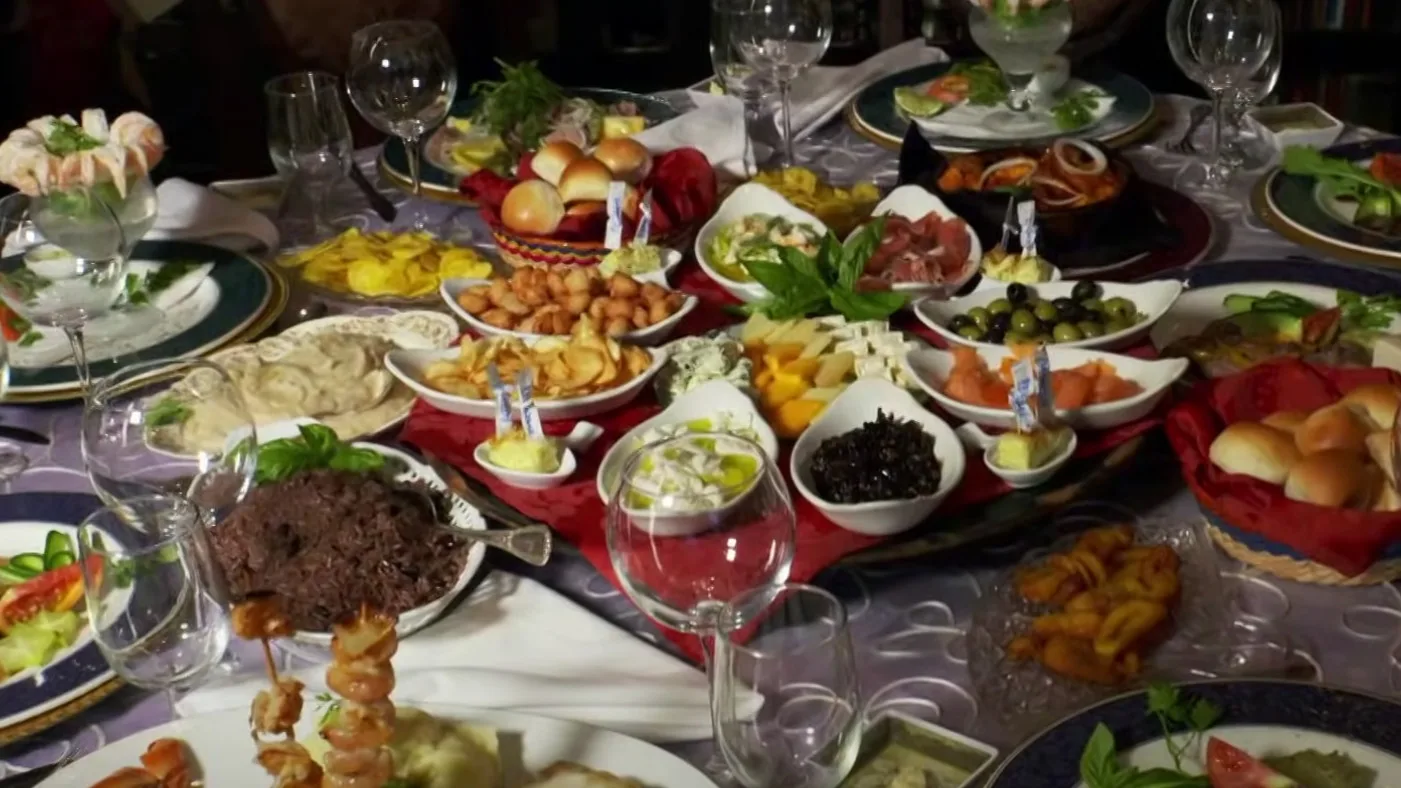For someone who grew up in Malaysia, in the tropics, Iceland is about as exotic as it gets. My early postcard images of this remote land consisted of Vikings, the northern lights, and geysers – a terrain so different from my own. I wondered as a child: What did people eat? How did they cope in such a barren land? What was it like living far away from everyone else?
These questions would resurface later in life for me as a journalist following the modern Icelandic saga.
In 2008, the country became the first victim of the global financial crisis. The headlines focused on the numbers – unemployment, debt, inflation. But as a foodie, I couldn’t move on from a fundamental issue – were people’s diets affected?
The simple answer is yes. A short growing season means that the island nation imports about 90 percent of its fresh produce. In the immediate aftermath of the crash, the national currency became so devalued that businesses could scarcely afford to buy things from abroad. Suddenly, Icelanders were forced to look inwards, be independent, and survive the way their ancestors had – using the resources around them.
People I met in the capital Reykjavik, from politician Soley Tomasdottir to fisherman Elvar Reykjalín Johannesson, spoke about a national soul-searching during this dark period they affectionately call the “kreppa” — it translates to being “in a pinch”, but also conveniently sounds rather bad in English.
They were determined not only to get back on their feet but also to avoid the mistakes of the past. This meant investing in local enterprises and rediscovering eating traditions that didn’t depend on foreign ingredients.
The recovery has been pretty remarkable. In early 2015, Iceland’s gross domestic product officially returned to pre-crisis output levels. The two strongest performers now are fisheries and tourism. Fishing makes sense, as it has always been key to Icelandic survival. While tourism has actually emerged from the crisis, with visitors benefiting from a low currency.
Many Icelanders say the kreppa is over and I saw signs of that all over Reykjavik: buildings under construction, restaurants so packed they couldn’t take reservations on a week night, and commercial streets just brimming with activity.
But most fascinating for me are the changes in the Icelandic cuisine. Traditional foods such as harofiskur (dried fish) and sol (dulse seaweed), only recently relegated as archaic items to be enjoyed during special festivals, are now being incorporated into daily meals and celebrated for helping rescue Iceland.



